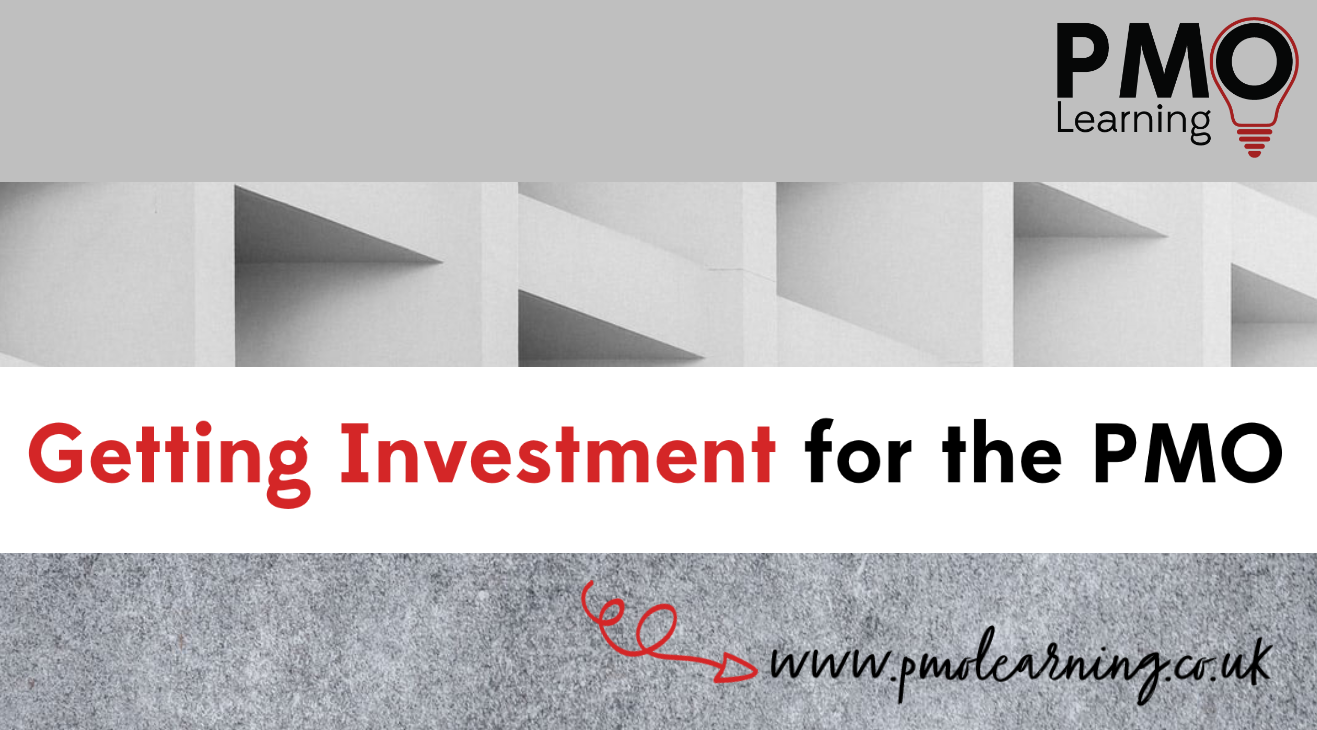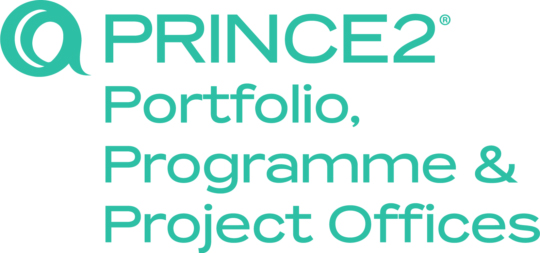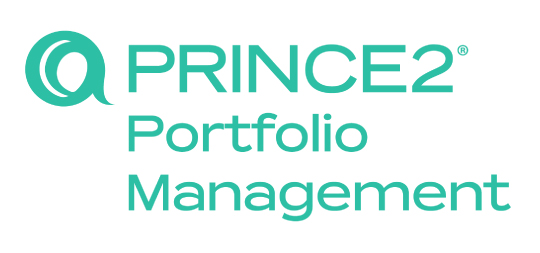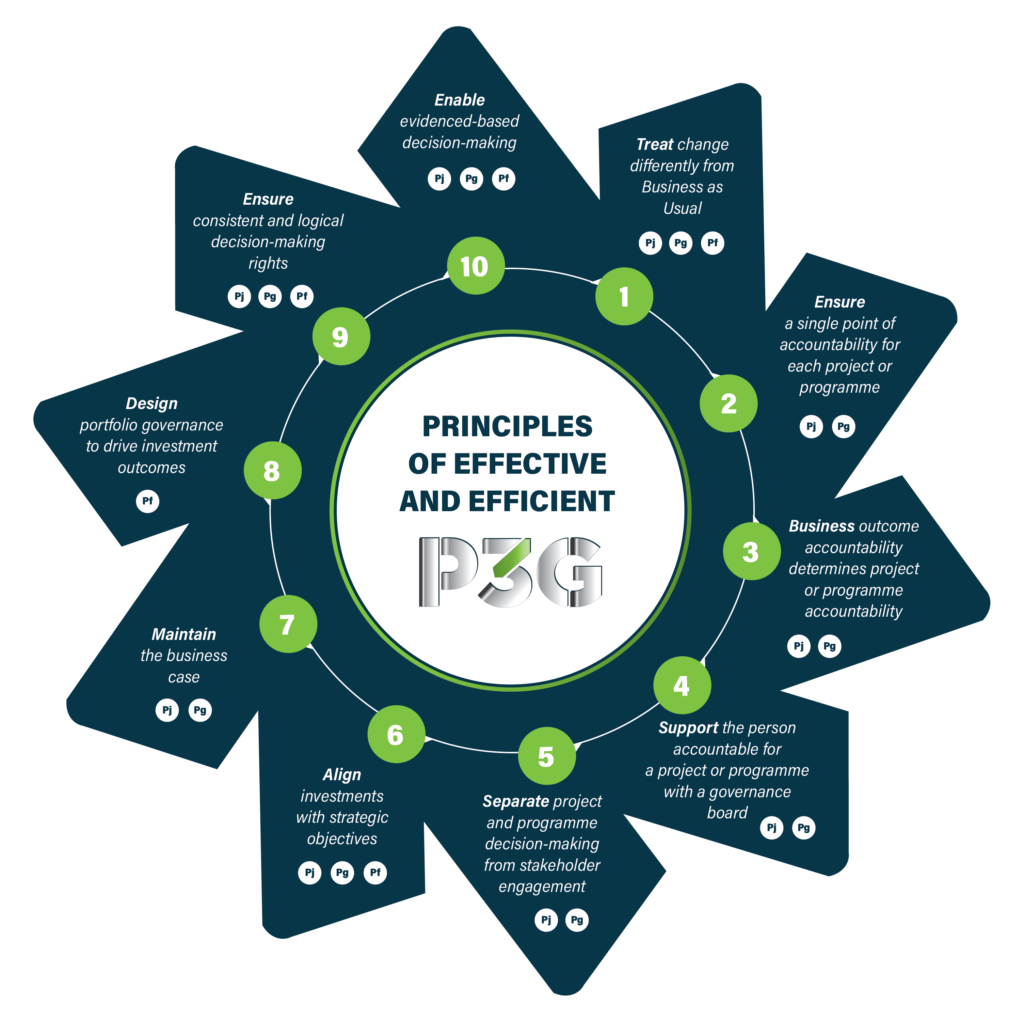In the popular PMO course – Portfolio, Programme and Project Offices (P3O®) Foundation, there is a whole section which looks at how to gain investment for a PMO.
It’s one of those frequent challenges that many organisations face; how do we know we really need a PMO, and will it be worth the investment?
In this article, we take a closer look at two aspects to that – the first is all about identifying stakeholders, and the other is all about identifying the problem we’re trying to solve.
Identifying Stakeholders
Often PMOs are established in the organisation because someone in that organisation with a certain level of authority recognises that there is value in having a PMO. Someone is willing to invest initially to justify further investment.
In terms of identifying stakeholders across an organisation, anyone who will be impacted by the change of implementing a PMO should be identified, when we talk about the impact that is both positive and negative impacts.
We’re looking to understand who will benefit from the change because ultimately we have to engage them throughout the process of putting that PMO in place.
Identifying stakeholders is something which is very organisation-specific and there is a common tool that is often used in stakeholder management analysis and that’s the power/interest two by two matrix.
It’s an exercise that makes you think about all the different people within the organisation and who:
- Has a very high level of interest in the PMO and their power/influence level is also high.
- Has a lower level of interest in the PMO yet their power/influence level is high.
- Has a high level of interest in the PMO but their power/influence level is low.
- Has a low level of interest in the PMO and their power/influence level is low.
The people in the top right quadrant are those that are right behind the PMO plus they have the influence to make things happen – typically this is the PMO sponsor – which could be a member of the board, a senior executive or something like a Programme Manager.
The people in the top left are those we might want to influence more to get them moving into the upper right. The more allies and supporters the better, so how can we increase their interest?
Our supporters in the bottom right will need regular communications to let them know about progress but the bottom left-hand side might not be worth our time and effort. We have enough people to influence and keep happy!
In the P3O® Foundation course, delegates can talk through their own thoughts on who, within their own organisation, would be the stakeholders we need to analyse.
Identifying the Problem
No organisation will implement a PMO without there being a reason for it. The key question here is, “what problem is the PMO trying to solve?”
There can be a number of reasons why a PMO is needed, common ones include:
- Not having visibility of all the projects in the organisation.
- Projects not being delivered on time.
- Not having enough resources to deliver projects coming down the line.
The most obvious approach is to ask stakeholders what problems do they currently encounter. One-to-one sessions; workshops; interviews and surveys are just some of the ways this work is carried out.
Understanding what has already been recorded in issue reports, previous reviews and meetings also shed some light.
There is a simple technique that can be used with stakeholders to help understand what their core problems are plus understanding the scope of the PMO and how much work is going to be required to solve those problems.
In the P3O® Foundation course, learners are introduced to the P3O Value Matrix.
P3O® Value Matrix
The P3O® Value Matrix considers the three levels of portfolio, programme and project and the role a PMO may have in providing governance. It has both enabling – supporting roles of the PMO and those of restraining – assurance.
A PMO providing an enabling role is often seen as the big plus by the delivery community; however, a PMO providing a restraining role is less welcomed – mainly because of the perceived impact on autonomy.
In the early days of PMO implementation, starting with enabling and support is often seen as the best way to gain support for the PMO – then the introduction of a more assurance and restraining service can follow. Back to support and then to assurance and so on.
What the P3O Value Matrix also helps stakeholders see is the wider scope of a PMO – what’s possible as increased levels of business change occur.
It’s a tool that enables discussion and a link back to the stakeholders and what they are looking for from the PMO.
The key advice from P3O® is to concentrate initial efforts on solving the biggest problems, followed by a planned series of improvements. To do that you need to understand what problems key stakeholders have and possible solutions – all the while, keeping stakeholder engaged and the delivery community happy. No small job but that’s the beauty of PMO.
To join us on the next P3O® Foundation course and find out more about the next steps in gaining investment for the PMO, take a look at the course schedule.
The P3O® courses on this page are offered by PMO Learning. P3O® is a [registered] trade mark of AXELOS Limited. P3O® is a registered trade mark of AXELOS Limited, used under permission of AXELOS Limited. The Swirl logo™ is a trade mark of AXELOS Limited, used under permission of AXELOS Limited. All rights reserved.
Enjoying Our Blog?
Sign up and receive all our articles (we’ll send you an update once a week!) plus special offers and events:
